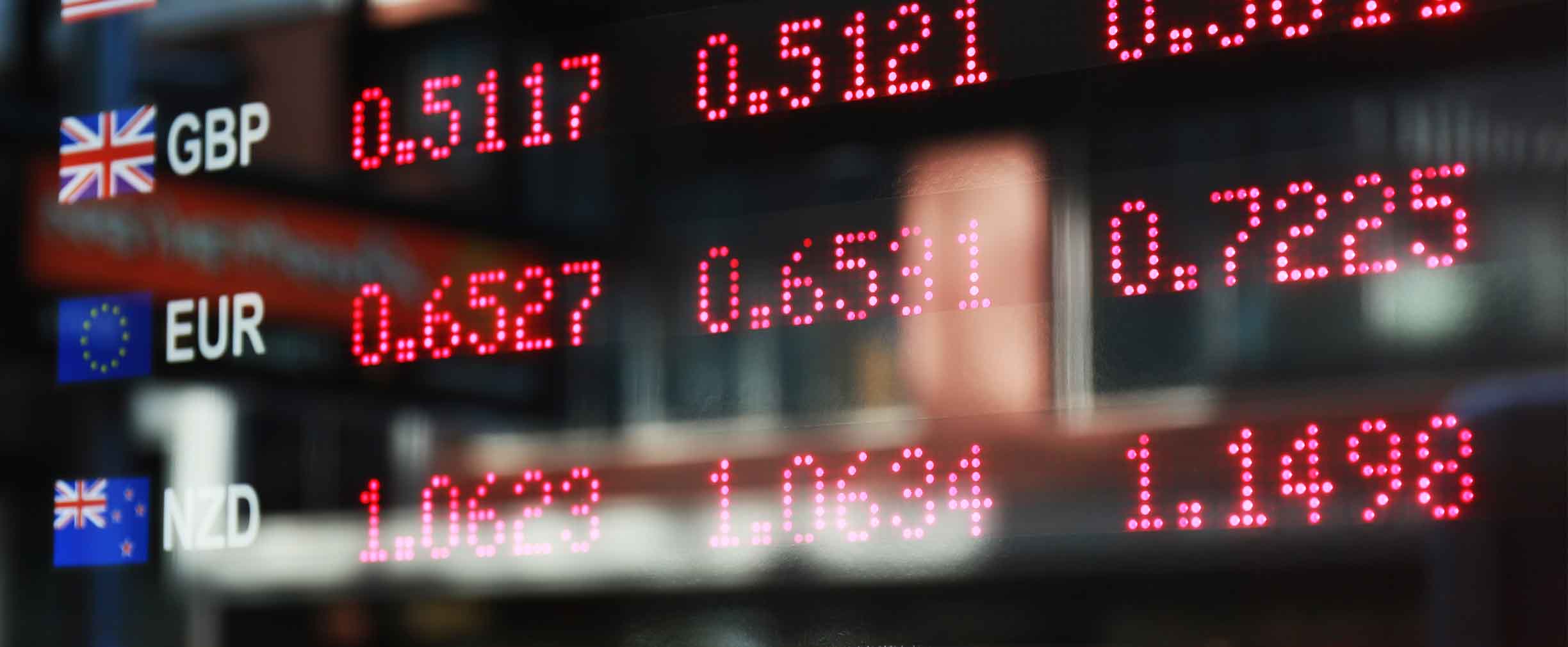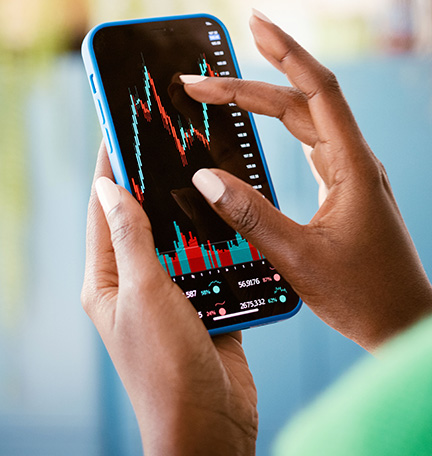Every business decision involves risk, but a key risk-management strategy — hedging — is often overlooked, usually due to misconceptions about it.
Picture the chief financial officer of an American carpet manufacturer deciding whether to buy a new machine. The machine is a specialized piece of equipment built by a German company over the course of two years. To analyze the investment, she looks at a wide range of factors — from how it could increase productivity and reduce energy consumption to the costs associated with financing and employee training.
As thorough as her analysis is, though, there are certain factors she can’t predict. The German company requires a series of payments throughout the two-year building cycle. Interest rates could rise significantly during that time, as well as over the following five years when the CFO is paying off the variable rate loan. Foreign exchange rates fluctuate continuously, as do energy costs.
If the CFO made her decision using only current interest rates, exchange rates, and energy costs, then those costs change significantly, what initially looked like an ideal investment might quickly become unprofitable or even create a loss. How will our CFO manage risk related to interest rates, foreign exchange rates, and material input costs?
Fortunately, there are ways to manage these risks by hedging. Hedging is the use of various financial instruments to reduce risk related to price movements — though some skeptical business leaders view it as a form of risk taking in and of itself. But often, as we see in our example, hedging is used to do the opposite, to mitigate risk. If she doesn’t hedge, our CFO essentially gives away control of managing risk.
“Not doing anything is an active decision,” says Michael J. Zelickson, Managing Director, Financial Risk Management for Regions Bank. “You’re basically gambling on what will happen when you don’t hedge.”
So, the CFO reconsiders her analysis and includes hedging.
Making Volatile Interest Rates Predictable
She decides to start with interest rates, which are affected by a number of factors outside her control, including global macroeconomic conditions and central bankers’ decisions. She finds she has multiple ways — including swaps and options — to hedge interest rates, each with the same goal: to fix her otherwise variable financing costs.
“It creates certainty and a more predictable cash flow for what the client will spend every month or quarter,” says Randy Lambeth, Managing Director, Head of Financial Risk Management (Commodities, FX, Interest Rates), for Regions.
“And predictability helps with forecasting, budgeting, and meeting internal return targets,” adds Will Peter, Vice President, Financial Risk Management for Regions.
In addition to reducing the impact of volatile interest rates, interest rate hedging can potentially save borrowers a significant amount on the total cost of financing a purchase, especially if rates are likely to rise. For businesses with cyclical cash flows, interest rate hedges can even be designed so payments are due during periods of high cash inflows, further increasing predictability and lowering the chance of a loan default.
Locking in Today’s Foreign Exchange Rates
The CFO now turns to, foreign exchange hedging, which she can use to lock in the dollar-to-euro exchange rate cost now, rather than upon payment to the vendor. Even if the euro appreciates over the next two years as she’s making the installment payments on the equipment, she won’t pay more.
“If you want to know the price today that you’re going to pay six months from now or a year from now, a foreign exchange hedge is the way to fix that,” Lambeth says.
If, however, the CFO locks in exchange rates, and the euro depreciates, she may miss the opportunity for the more favorable rate. The same is true for any kind of hedging. If, for example, the CFO used an interest rate swap to secure a low fixed rate, and rates fell, she wouldn’t pay the lower rate. The benefit is she doesn’t have the risk if the rate moves higher over the period of the hedge. The purpose of hedging is to increase predictability of prices, and that predictability does come with a cost.
Foreign exchange hedging isn’t right for every foreign transaction. For example, for businesses that can’t reliably forecast when they’ll be paid, foreign exchange hedging won’t provide benefits. Some companies’ foreign transactions are only a small percentage of their total business, and hedging might not be worth the associated costs. If margins are already comfortably profitable, a company may be more willing to assume foreign exchange risk rather than hedge it away.
Smoothing Out Volatility in Energy Prices
Finally, our CFO considers her input costs. In this case, she’s thinking about the cost of energy necessary to run the new equipment. The machine she wants to purchase runs on natural gas and is more efficient than her current one. Still, she’s noticed volatility in energy prices, and she knows the CEO has plans to expand production and potentially add a second shift, increasing fuel consumption. The CFO might consider a commodity hedge to help offset any potential changes in natural gas prices.
Is Hedging Right for You?
Start with answering two important questions. First, what percentage of my total costs are at risk if interest rates, foreign exchange rate or energy costs change significantly? If the total cost you might incur from fluctuations is small, hedging may not be worthwhile. Second, take a look at how feasible it would be to pass any increased energy costs on to customers?
“If a manufacturer cannot pass along the highest input cost to its client, then the treasurer or the CFO needs to get a handle on what those input costs are going to be, so they can price their products appropriately,” says Peter. Businesses with pricing power would typically pass volatility in costs along to consumers rather than hedge. “But, if the business doesn’t have that leverage, then hedging gives them the certainty and smooths out volatility,” he says.
Getting Started With Hedging
If our CFO decides to hedge interest rates, foreign exchange rates, and energy costs, she can know the day she places the order for the new equipment what her costs will be, substantially increasing the likelihood that the investment will indeed yield the benefits she originally expected. But she must also consider that hedging takes time to fully understand.
She doesn’t have to try hedging every risk the first time. She can start small, for example, by hedging part of the foreign exchange risk for the order rather than all of it. Then, she can evaluate the results and use that information to decide what she’ll do the next time.
To learn more about how to hedge your interest rate, foreign exchange, or material cost risk, contact a Regions Relationship Manager.











